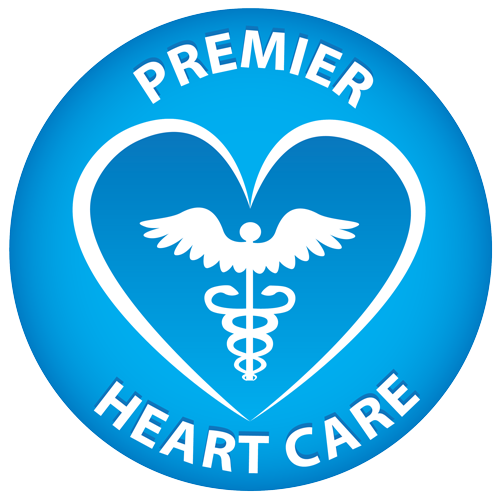What is the difference between diabetes and pre-diabetes?
Diabetes Mellitus is defined as a fasting blood glucose >126 mg/dL or A1C >6.5 %.
Pre-diabetes is defined as a fasting blood glucose 100-125 mg/dL or A1C 5.7-6.5%. Pre-diabetic patients have an increased risk of developing diabetes mellitus. Healthy life style changes (eating habits, regular exercise and maintaining ideal body weight) significantly reduce the 10-year risk of developing diabetes mellitus.
What causes diabetes?
Blood glucose levels are controlled by insulin, a hormone secreted by the pancreas. Insulin enables the body’s tissues to utilize glucose. Type 1 diabetes is caused by insufficient insulin. Type 2 diabetes is caused by tissue resistance to the effects of insulin. Both conditions lead to hyperglycemia (elevated blood glucose).
What are the symptoms and complications of diabetes?
Symptoms include fatigue, weight loss, thirst, frequent urination and blurred vision.
Complications of uncontrolled diabetes include dehydration, acidosis and diabetic coma. Diabetic patients are more prone to infections (skin, soft tissues, limbs, urinary tract and lungs). Vascular complications are more common in diabetic patients. The blood vessels of the major organs are more likely to develop plaque build-up, leading to blocked arteries causing heart attacks, strokes, limb amputations, kidney disease and visual complications.
How can diabetes be treated?
Healthy life style (diet, exercise and weight management) is recommended for all diabetic patients. A diabetes meal plan is an essential component of a diabetic diet. It tells you how much and what kinds of food you can choose to eat at meals and snack times. Useful tools for managing diabetes include the plate method, carb counting and the glycemic index. Some patients require oral medication or insulin therapy in addition to diet and exercise.
What medications are used to treat diabetes?
Biguanides (Metformin) are a first-line medication for treatment of type 2 diabetes. They promote weight loss, reduce hepatic glucose output and increase utilization of glucose by skeletal muscle.
Sulfonylureas like Gliclazide trigger insulin release from the pancreatic beta cells and are useful only in type 2 diabetes.
DPP-4 inhibitors (Vildagliptin, Sitagliptin, Linaglyptin) and GLP-1 agonists (Dulaglutide, Lilaglutide) stimulate insulin release and inhibit glucagon release.
SGLT-2 inhibitors (Dapagliflozin and Empagliflozin) block the re-uptake of glucose in the kidneys, promoting loss of glucose in the urine. This causes both mild weight loss, and a mild reduction in blood sugar levels.
Insulin enables the tissues to utilize glucose. It is usually given subcutaneously, either by injections or by an insulin pump. There are rapid-acting insulins, intermediate-acting insulins and long-acting insulins.
What are the goals of treatment?
Fasting blood glucose should be 70 – 130 mg/dL. Blood glucose after meals (post-prandial) should be less than 180 mg/dL. Blood A1C should be less than 7% or less than 6% if this is achievable without hypoglycemia (low blood glucose).


